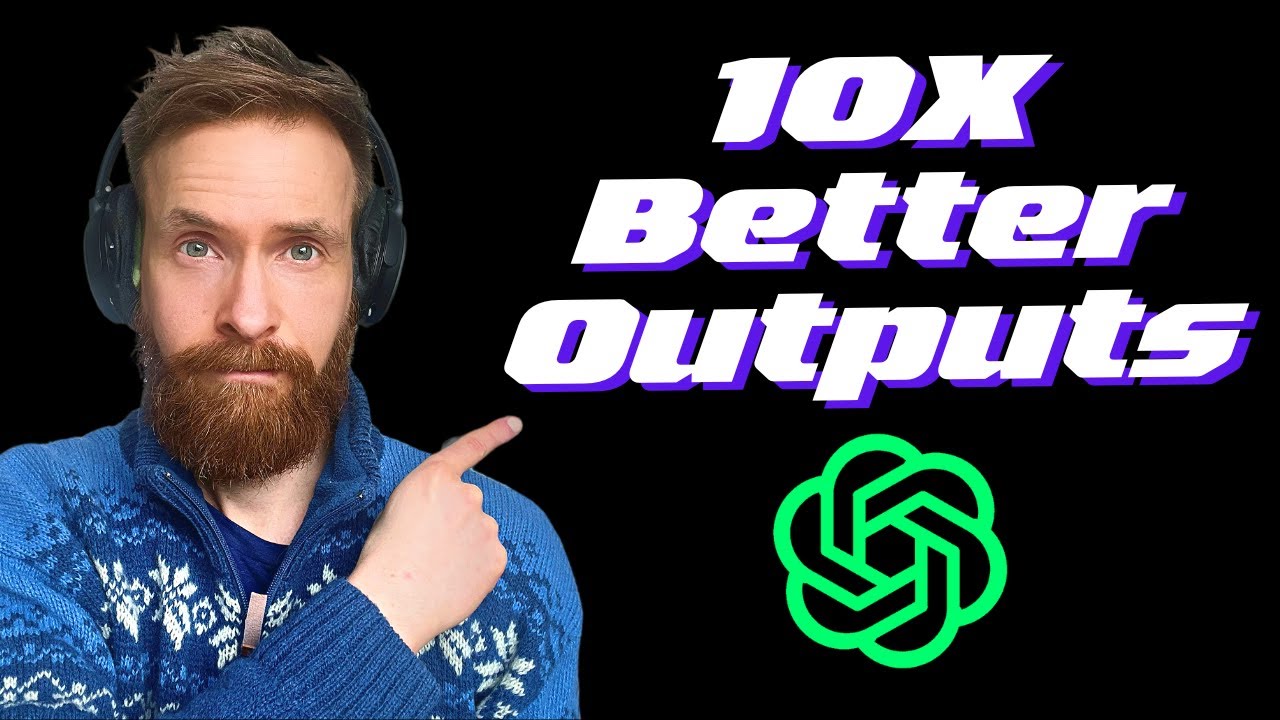Hello, tech enthusiasts! Emily here, coming to you from the heart of New Jersey, the land of innovation and, of course, mouth-watering bagels. Today, we’re diving headfirst into the fascinating world of 3D avatar generation. Buckle up, because we’re about to explore a groundbreaking research paper that’s causing quite a stir in the AI community: ‘StyleAvatar3D: Leveraging Image-Text Diffusion Models for High-Fidelity 3D Avatar Generation’.
The Magic Behind 3D Avatar Generation
Before we delve into the nitty-gritty of StyleAvatar3D, let’s take a moment to appreciate the magic of 3D avatar generation. Imagine being able to create a digital version of yourself, down to the last detail, all within the confines of your computer. Sounds like something out of a sci-fi movie, right? Well, thanks to the wonders of AI, this is becoming our reality.
The unique features of StyleAvatar3D, such as pose extraction, view-specific prompts, and attribute-related prompts, contribute to the generation of high-quality, stylized 3D avatars. However, as with any technological advancement, there are hurdles to overcome. One of the biggest challenges in 3D avatar generation is creating high-quality, detailed avatars that truly capture the essence of the individual they represent. This is where StyleAvatar3D comes into play.
Unveiling StyleAvatar3D
StyleAvatar3D is a novel method that’s pushing the boundaries of what’s possible in 3D avatar generation. It’s like the master chef of the AI world, blending together pre-trained image-text diffusion models and a Generative Adversarial Network (GAN)-based 3D generation network to whip up some seriously impressive avatars.
What sets StyleAvatar3D apart is its ability to generate multi-view images of avatars in various styles, all thanks to the comprehensive priors of appearance and geometry offered by image-text diffusion models. It’s like having a digital fashion show, with avatars strutting their stuff in a multitude of styles.
The Secret Sauce: Pose Extraction and View-Specific Prompts
Now, let’s talk about the secret sauce that makes StyleAvatar3D so effective. During data generation, the team behind StyleAvatar3D employs poses extracted from existing 3D models to guide the generation of multi-view images. It’s like having a blueprint to follow, ensuring that the avatars are as realistic as possible.
But what happens when there’s a misalignment between poses and images in the data? That’s where view-specific prompts come in. These prompts, along with a coarse-to-fine discriminator for GAN training, help to address this issue, ensuring that the avatars generated are as accurate and detailed as possible.
Diving Deeper: Attribute-Related Prompts and Latent Diffusion Model
Welcome back, tech aficionados! Emily here, fresh from my bagel break and ready to delve deeper into the captivating world of StyleAvatar3D. Now, where were we? Ah, yes, attribute-related prompts.
In their quest to increase the diversity of the generated avatars, the team behind StyleAvatar3D didn’t stop at view-specific prompts. They also explored attribute-related prompts, adding another layer of complexity and customization to the avatar generation process. It’s like having a digital wardrobe at your disposal, allowing you to change your avatar’s appearance at the drop of a hat.
But the innovation doesn’t stop there. The team also developed a latent diffusion model within the style space of StyleGAN. This model enables the generation of avatars based on image inputs, further expanding the possibilities for avatar customization and personalization.
Experimental Results
The experimental results of StyleAvatar3D are nothing short of impressive. The method is able to generate high-quality, realistic 3D avatars with diverse facial expressions, poses, and styles. The generated avatars also exhibit a high degree of realism and detail, making them suitable for various applications such as virtual try-on, avatar-based gaming, and more.
Conclusion
So, the next time you find yourself marveling at a digital avatar, remember the incredible technology and innovation that goes into creating it. And who knows? Maybe one day, we’ll all have our own StyleAvatar3D-generated avatars to play with. Until then, keep dreaming, keep innovating, and keep exploring the fascinating world of AI.
StyleAvatar3D: Leveraging Image-Text Diffusion Models for High-Fidelity 3D Avatar Generation
Chi Zhang, Yiwen Chen, Yijun Fu, Zhenglin Zhou, Gang Yu1,Zhibin Wang, Bin Fu, Tao Chen, Guosheng Lin, Chunhua Shen
ArXiv: https://arxiv.org/abs/2305.19012
PDF: https://arxiv.org/pdf/2305.19012v1.pdf
References
[1] Zhang, C., Chen, Y., Fu, Y., Zhou, Z., Yu, G., Wang, Z., … & Shen, C. (2023). StyleAvatar3D: Leveraging Image-Text Diffusion Models for High-Fidelity 3D Avatar Generation. ArXiv Preprint.
Future Work
As we continue to explore the vast possibilities of AI and computer vision, there are several directions that can be taken to further improve and expand the capabilities of StyleAvatar3D:
- Increased realism: Future work can focus on incorporating more advanced techniques for improving the realism of generated avatars, such as physics-based rendering or advanced texture synthesis.
- Improved customization: The team behind StyleAvatar3D can explore new methods for allowing users to customize their avatars in more detail, such as through interactive interfaces or advanced pose estimation algorithms.
- Real-world applications: As the field of AI and computer vision continues to advance, we can expect to see StyleAvatar3D being applied in a wide range of real-world settings, from virtual try-on to avatar-based gaming.
The future of 3D avatar generation is indeed exciting, and with continued innovation and advancements in AI and computer vision, the possibilities are endless!


